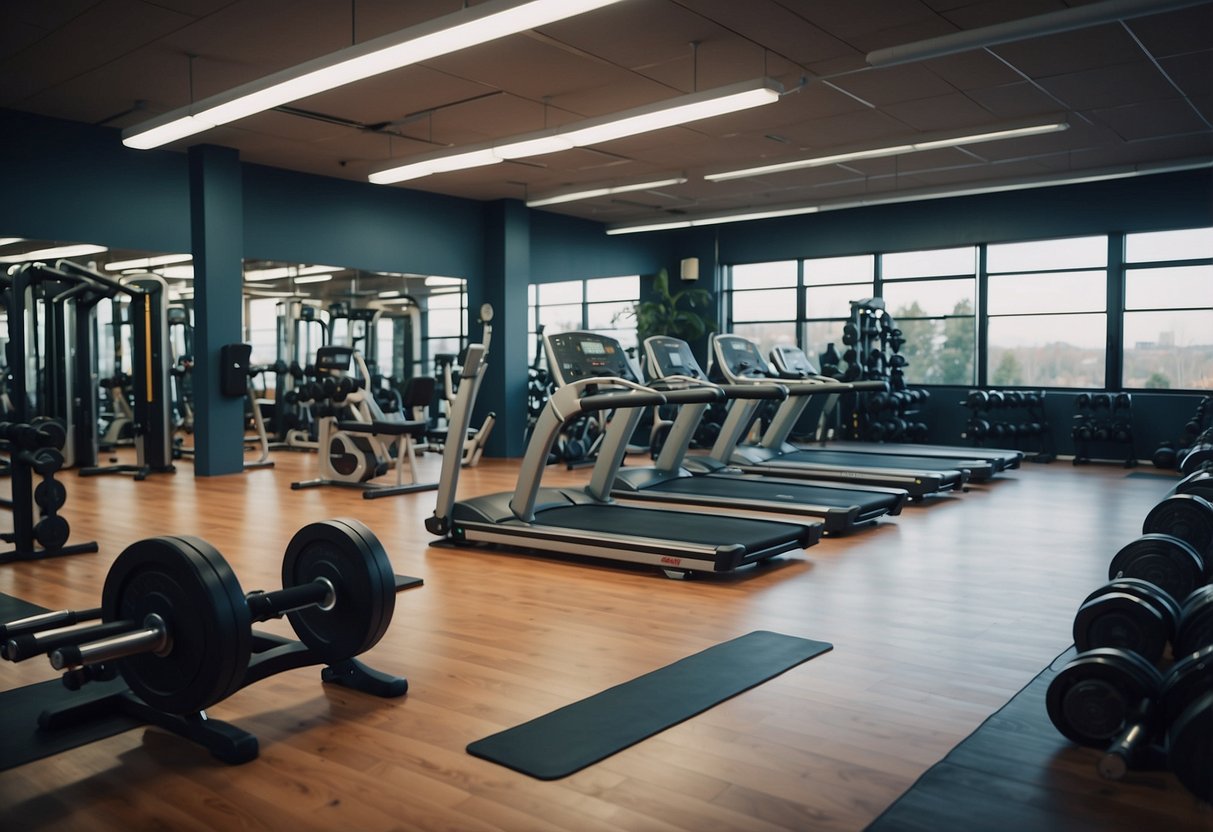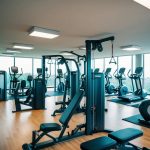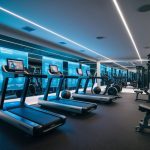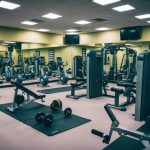
Nutrition and Hydration
A balanced workout plan isn’t complete without proper attention to nutrition and hydration, as these elements play crucial roles in metabolism and workout performance. Understanding the importance of what you consume and how much water you drink can significantly impact your overall health and exercise efficacy.
Fueling for Exercise Performance
Eating the right foods before and after workouts can enhance performance. Consuming a mix of carbohydrates, proteins, and fats helps to fuel the body. Carbohydrates are particularly vital as they provide quick energy, while proteins aid in muscle repair and growth.
Timing also matters. Eating a balanced meal 2-3 hours before exercise can provide sustained energy. For those with limited time, a small snack like a banana or yogurt 30 minutes to an hour beforehand can suffice. Post-workout, a meal combining protein and carbs, such as a turkey sandwich or a smoothie, helps in recovery.
Hydration and Workout Efficacy
Staying hydrated is key for maintaining workout efficacy. Water is crucial for numerous bodily functions, including temperature regulation and muscle function. Dehydration can impede performance and lead to health issues like heatstroke.
It’s essential to drink water before, during, and after exercise. For shorter workouts, water is typically sufficient. For sessions exceeding an hour, considering beverages with electrolytes can be beneficial. Monitoring urine color can be an easy way to gauge hydration levels; light yellow usually indicates proper hydration.
Proper hydration supports metabolism and keeps the body functioning optimally, ensuring each workout session is effective and safe.
Tracking Progress and Making Adjustments
Consistently monitoring fitness milestones and understanding how to overcome plateaus are essential components of maintaining an effective workout routine. These strategies help ensure continued progress and optimal results throughout one’s fitness journey.
Monitoring Fitness Milestones
Tracking progress in a workout regimen involves recording weights lifted, cardio performance, and flexibility improvements. Keeping a fitness journal or using a mobile app can assist in documenting these changes. Individuals should frequently review their records to identify trends and adjust workouts accordingly.
Progressive overload, increasing the intensity or volume of workouts, is key. By systematically enhancing workout difficulty, one can ensure continuous development. Certified personal trainers often recommend setting specific, measurable goals to maintain motivation and focus.
Regular assessments, such as monthly strength tests or timed runs, can provide clear indicators of progress. This systematic approach helps pinpoint areas needing adjustment, ensuring consistent improvement and reducing the risk of injury.
Understanding and Overcoming Plateaus
Plateaus, periods where progress stalls, are a common part of any fitness journey. Recognizing the signs early—lack of performance improvement or decreased motivation—helps individuals address these barriers more effectively.
Changing workout routines can combat plateaus. Altering variables like exercise type, intensity, or the number of sets and reps stimulates new muscle growth and engages different energy systems. Additionally, incorporating rest and recovery periods prevents overtraining, which can contribute to plateauing.
Consulting with a certified personal trainer offers valuable insights for breaking through these stagnations. These professionals can provide tailored adjustment plans and introduce new techniques to reignite progress.
Special Considerations for Different Populations
A balanced workout plan should be tailored to meet the unique needs of different individuals. By considering fitness level and age, workouts can be more effective and safer.
Workouts for Beginners vs. Advanced Athletes
Beginners should start with low to moderate intensity exercises, focusing on mastering basic movements and building foundational strength. Exercises like bodyweight squats, lunges, and push-ups are ideal. Cardiovascular activities like walking or light jogging can improve endurance without overexertion.
Advanced athletes, on the other hand, can incorporate more complex and high-intensity routines. They might engage in heavy weightlifting, HIIT (High-Intensity Interval Training), and advanced plyometric exercises. Variations and progressions in their routines help them continually challenge their bodies and achieve new fitness goals.
Adapting Routines for Age-Related Changes
Age can significantly affect the body’s ability to perform certain exercises. Younger individuals may focus on high-impact and high-intensity workouts, benefiting from their higher energy levels and faster recovery times.
For older adults, low-impact exercises like swimming, cycling, and light weight training are beneficial. They should also incorporate flexibility exercises such as yoga or Pilates to maintain joint health and balance. It’s crucial to listen to the body and avoid strenuous activities that may lead to injuries.



